Deck & Commander Strategies
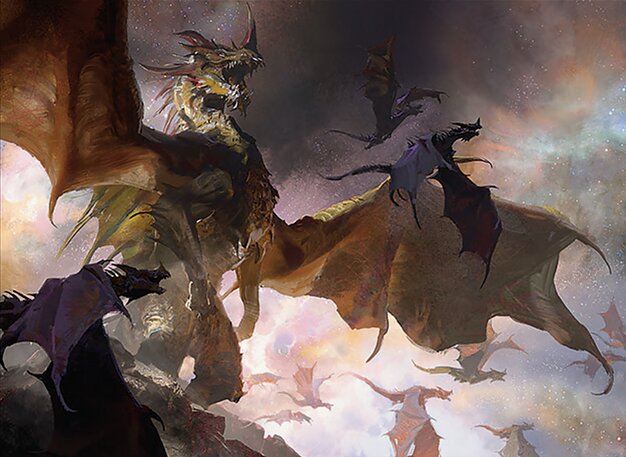
The Ur-Dragon
Ramp aggressively into powerful dragons, using spells like Belbe's Portal to cheat dragons onto the battlefield quickly and overwhelm opponents with large creatures and impactful combat triggers.

Azusa, Lost but Seeking
Utilize fast ramp spells including Tempt with Discovery and Mana Vault to cast big Eldrazi creatures early, aiming for a quick, high-impact board presence to end the game swiftly.
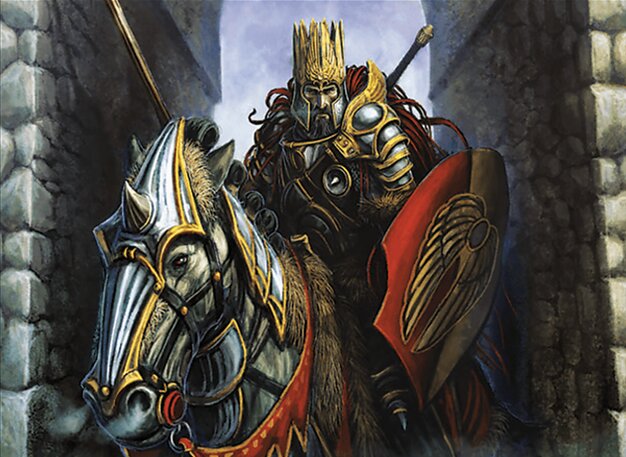
Darien, King of Kjeldor
Inflict damage on self to generate a wide army of soldier tokens, combined with life gain and token synergies to dominate the board and wear down opponents incrementally.
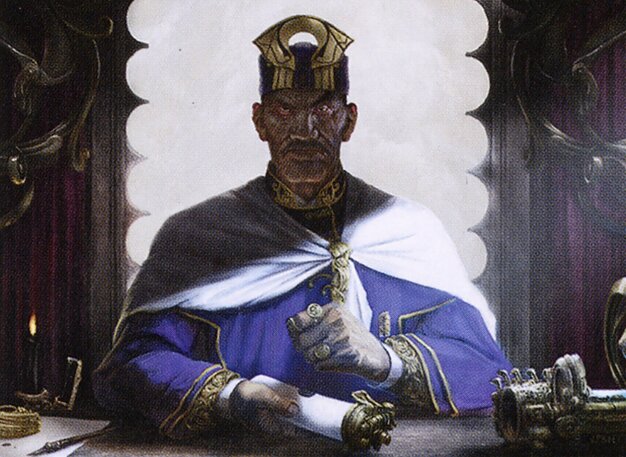
Kambal, Consul of Allocation
Control the game through taxing opponents' spellcasting, life gain, and aristocrat-style effects to disrupt threats and slowly drain opponents’ resources and life totals.
Gameplay Insights
- 1
Belbe's Portal was used multiple times to cheat high-impact dragons into play at lower mana costs, enabling explosive board development and devastating combat phases.
- 2
Vaevictis Asmadi’s ability to sacrifice lands and reveal cards led to multiple creatures entering the battlefield, triggering additional ramp and removal effects that shifted board control.
- 3
Ugin’s minus ability cleared many smaller permanents, significantly impacting the token strategies and early ramp creatures, forcing players to rebuild.
- 4
Azusa’s early ramp with Tempt with Discovery and Mana Vault facilitated the casting of Ulamog by turn 4-5, putting immense pressure on opponents and removing key threats.
- 5
Darien’s token generation combined with equipment like Skullclamp allowed for card draw and board presence continuation even after taking damage from board wipes.
- 6
Kambal’s taxing strategy slowed down opponents, while aristocrat cards like Blood Artist synergized to drain life as creatures died, creating constant incremental advantage.
- 7
The interplay of combat damage and triggered abilities, especially from dragons and tokens, created dynamic turns with multiple board state changes and forced tough decisions.
Notable Cards
-
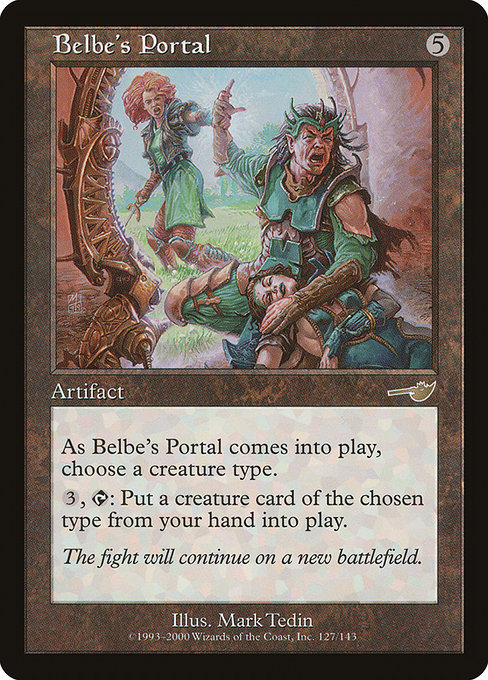
Belbe's Portal
-
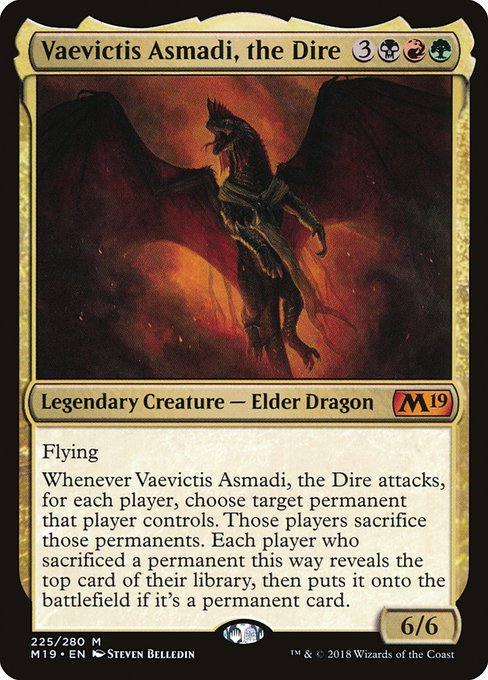
Vaevictis Asmadi, the Dire
-

Ulamog, the Infinite Gyre
-
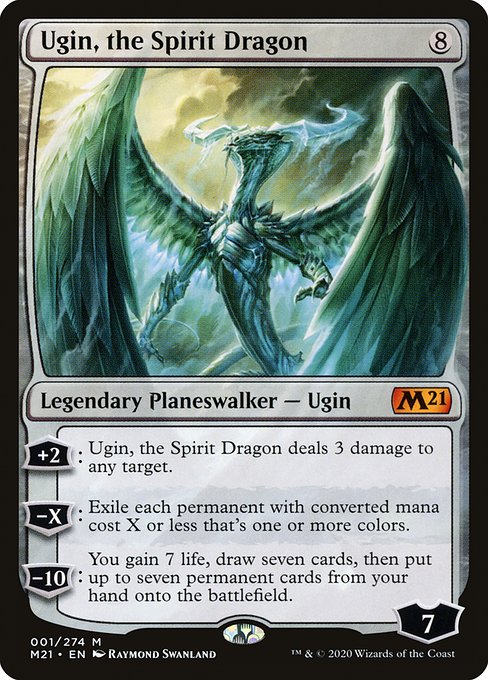
Ugin, the Spirit Dragon
-
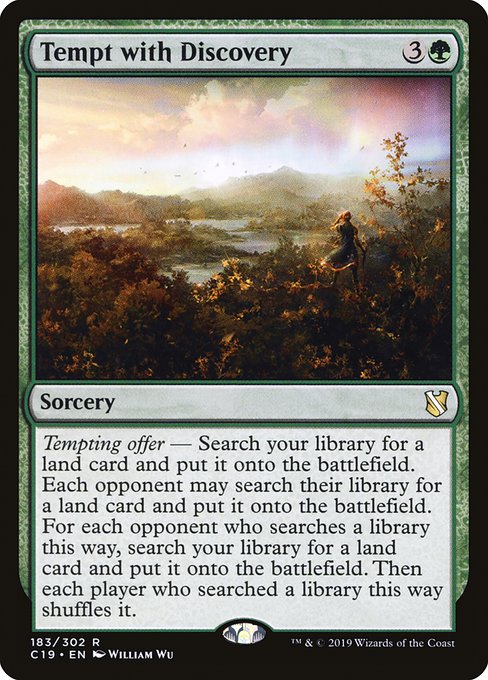
Tempt with Discovery
-
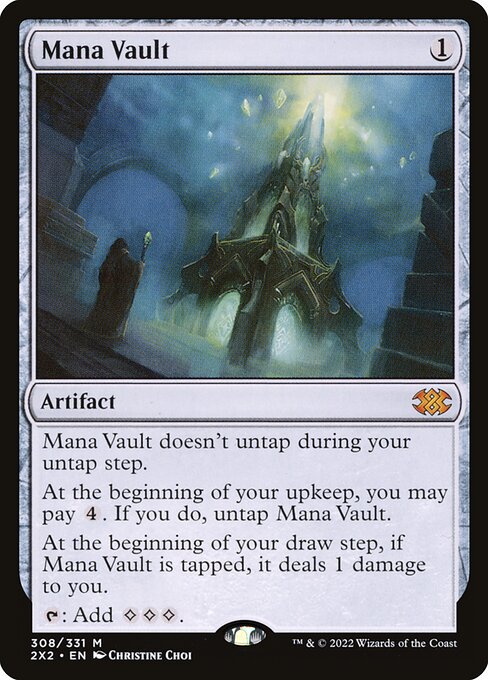
Mana Vault
-
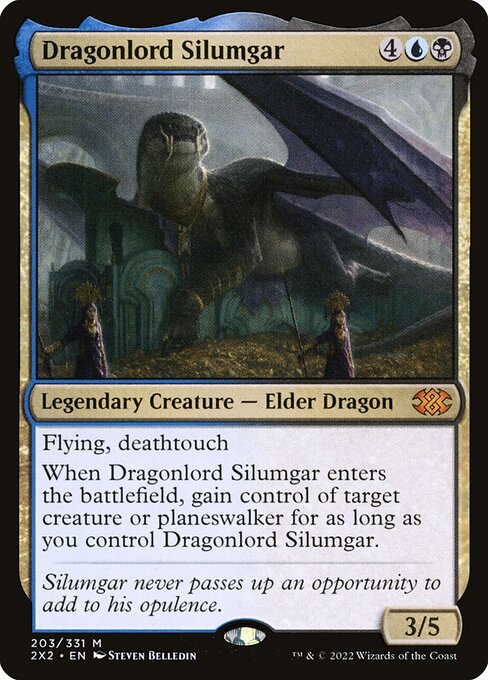
Dragonlord Silumgar
-
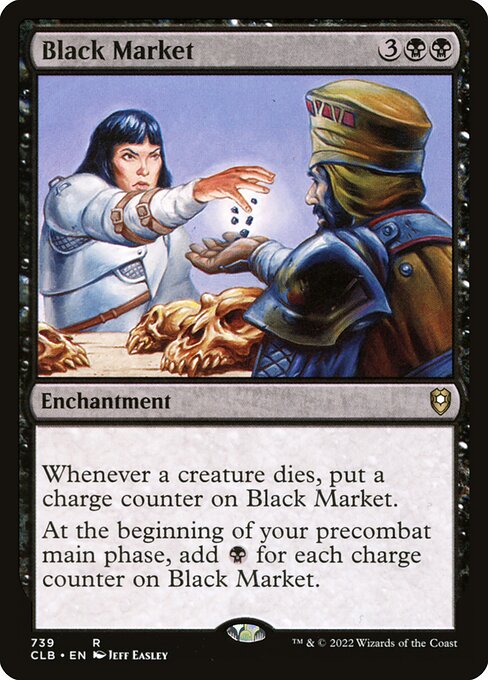
Black Market
-

Skullclamp
-
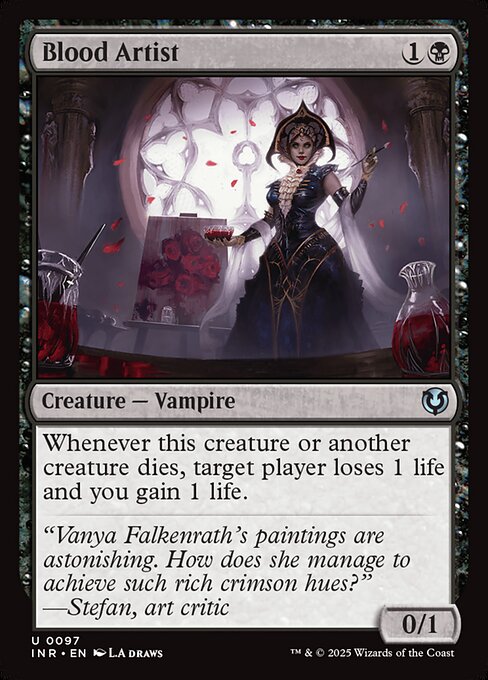
Blood Artist
-
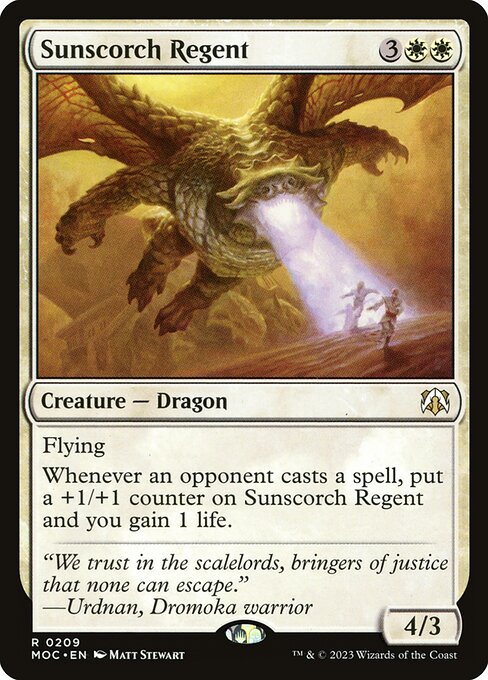
Sunscorch Regent
-
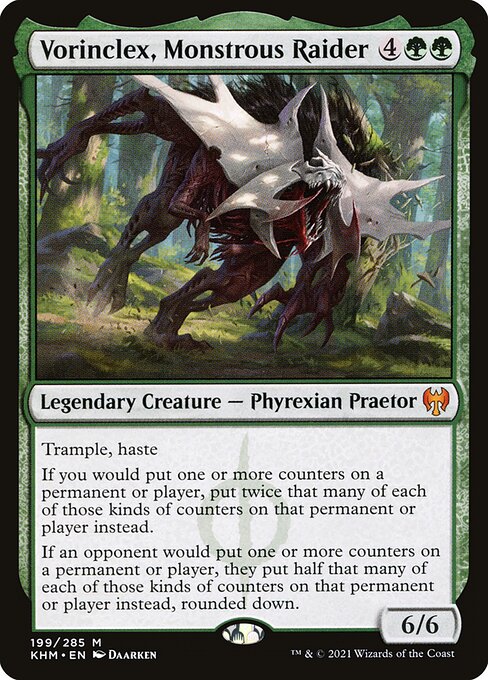
Vorinclex, Monstrous Raider
-
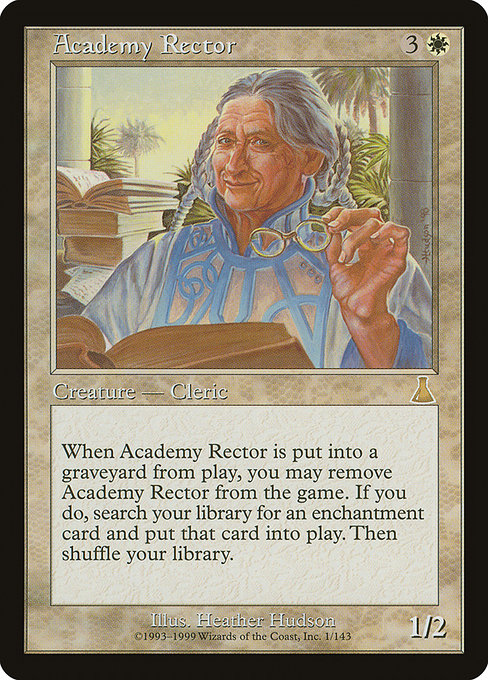
Academy Rector
-

Fumigate
-
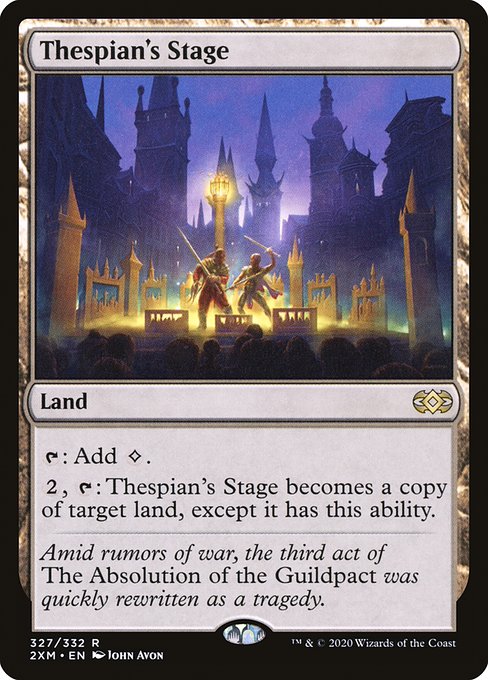
Thespian's Stage
-

Dragon's Hoard
-
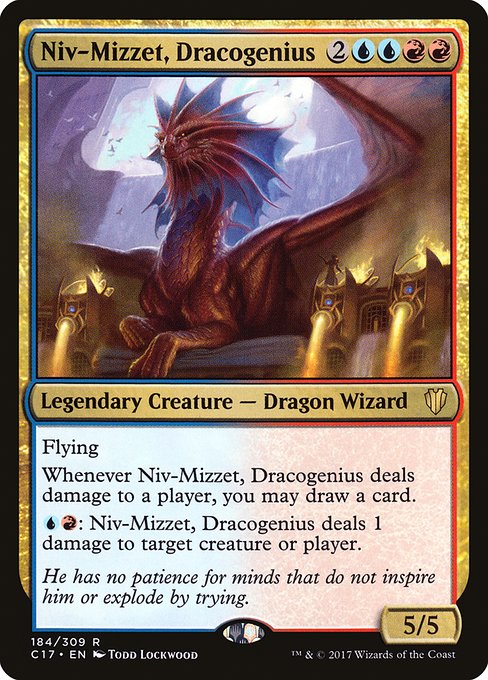
Niv-Mizzet, Dracogenius
Gameplay Summary
The game features four distinct strategies led by Kambal, Azusa, Darien, and The Ur-Dragon.
Early on, Azusa accelerates ramp aggressively using cards like Tempt with Discovery and Mana Vault to quickly cast powerful Eldrazi such as Ulamog, aiming for a fast, devastating board presence.
Meanwhile, Ur-Dragon focuses on assembling a formidable dragon tribal board, utilizing ramp spells and Belbe's Portal to cheat large dragons into play, including Vaevictus Asmadi and Dragonlord Silumgar, which swing the game with powerful attack triggers and board control.
Darien uses a token-centric approach, leveraging self-inflicted damage and life gain to flood the board with soldiers and apply pressure through synergy and equipment like Skullclamp.
Kambal plays a taxing and control-oriented game, aiming to disrupt opponents' spells and gain incremental advantages through life drain and aristocrat effects.
A pivotal moment occurs when Ur-Dragon’s Vaevictus Asmadi sacrifices lands and reveals multiple impactful dragons, leading to board wipes and removal of key opponents' permanents, while Darien’s army and token generation create a resilient presence.
The interaction between these strategies, including Ugin's board wipe and multiple uses of Belbe's Portal, shapes the flow of the match as players jockey for control and try to stabilize against explosive plays.
The game is a complex interplay of ramp, tribal synergy, taxing effects, and token swarm tactics, with dragons and Eldrazi posing the biggest threats to the board state.
















![Commander VS S14E4: Hallar VS Kambal VS Brudiclad VS Ob Nixilis [EDH] thumbnail](https://i.ytimg.com/vi/jRld6Avk_R0/sddefault.jpg)

![Commander VS S5E2: Gonti vs Rashmi vs Depala vs Kambal [MTG Multiplayer] thumbnail](https://i.ytimg.com/vi/_F3J0UWKyac/sddefault.jpg)














![Commander Randomizer Part 2 [Commander VS 316] | Magic: the Gathering Commander Gameplay thumbnail](https://i.ytimg.com/vi/okRK1jVYfno/sddefault.jpg)







![Darien vs Ezuri vs Ishkanah vs Zurgo [EDH/Commander, Magic The Gathering Gameplay] 2021 thumbnail](https://i.ytimg.com/vi/GpdgWWzj4bg/sddefault.jpg)




![Politics Gone Wrong | EDH Commander Gameplay [Deutsch] | Salt Wars #08 thumbnail](https://i.ytimg.com/vi/if6dqZKKAis/sddefault.jpg)